Everything you need to know about Anita Pelargoniums
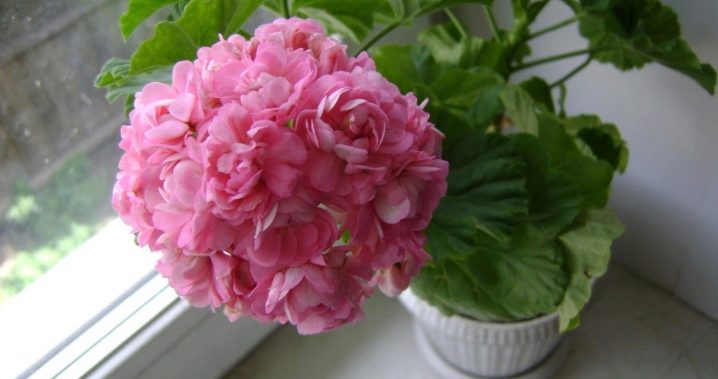
One of the most beautiful varieties of pelargonium is named by the gentle female name Anita. High decorative qualities attract the attention of gardeners to it. At the same time, the plant is completely unpretentious in care. In this regard, there are many people who want to start breeding this culture. And in order for everything to work out, and the beautiful flowers are pleasing to the eye, you need to know how to care for them.
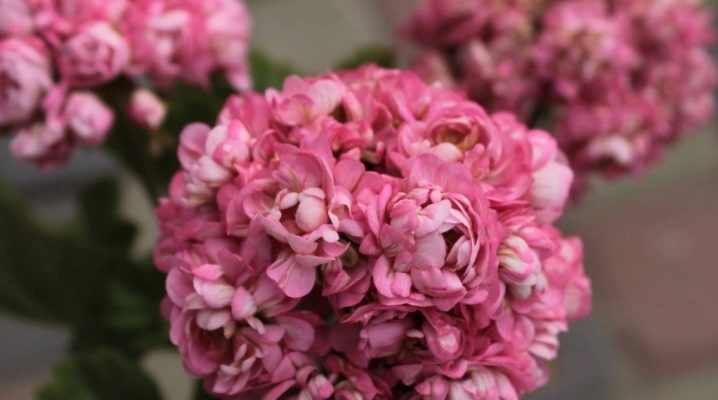
Description
Pelargonium Anita is a plant from the Geraniev family. But it belongs to the rosewood varieties. This is a kind of artificially created hybrid of rosaceous and geranium varieties. Rosebuds have taken root as a species variety of zonal pelargonium. Small decorative buds are similar in shape to roses. And the leaves of the flower are the same as those of geraniums.
Although pelargonium is not a geranium, it is this name that stuck to it in everyday life.
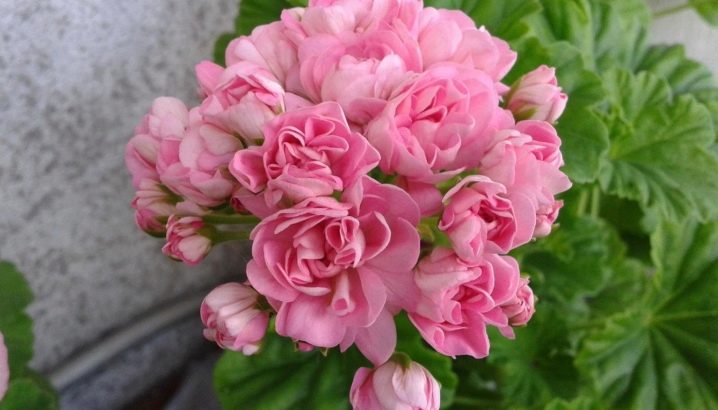
The plant can grow up to 50 cm in height. The bush is lush, due to the numerous inflorescences that are formed in just one season. It has rose-like delicate pink flowers of regular rounded shape, with a closed core. The caps of a pale cold shade that form the flowers can be quite large or denser. The value of decorative qualities is also multiplied by glossy leaves with a natural shine and juicy green color.
The flower is considered useful in the fight against pathogens. It saturates the air with phytoncides, purifying it and creating a favorable healthy microclimate around.

Planting and leaving
It is important to know that this hybrid pelargonium can only be planted from a cutting. If planted with seeds, an ordinary flower will grow, which does not have the properties of the Anita variety.

How to plant:
- prepare a suitable soil and pot;
- make drainage holes in the pot and fill the container with potting soil;
- plant the cutting in the prepared soil;
- ensure regular watering and proper lighting.
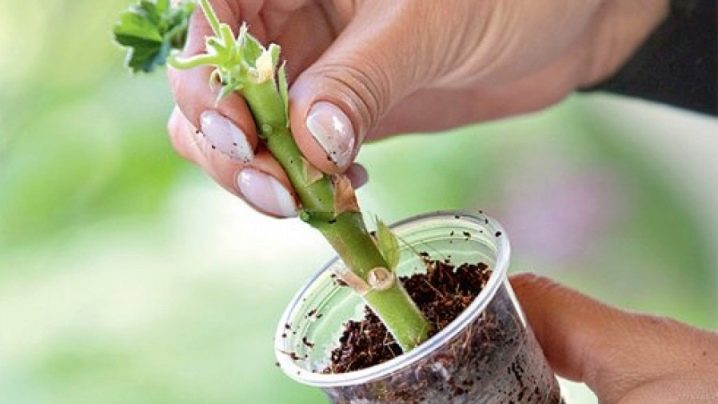
If everything is done correctly, you need to wait two weeks, and the plant will root and take root.
The soil
The correct choice of soil mix for Anita pelargonium is of great importance. The soil must be nutritious and have good air permeability. The following mixture is considered the optimal proportions for the soil: 4 parts of sod land, 2 parts of peat soil and humus, 1 part of fine perlite and coarse sand.
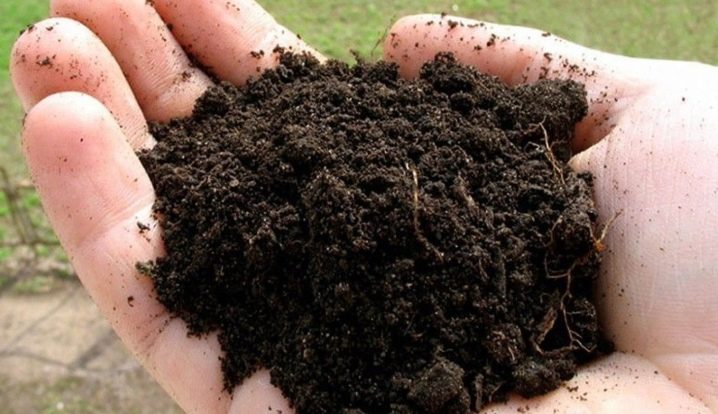
If it is not possible for self-preparation of mixed soil, you can purchase a ready-made mixture in the store. The packaging must be marked "for pelargonium" or "for geraniums".
It is important to know that it is impossible to plant pelargonium of this variety in acidified soil. The acidity is suitable for neutral.
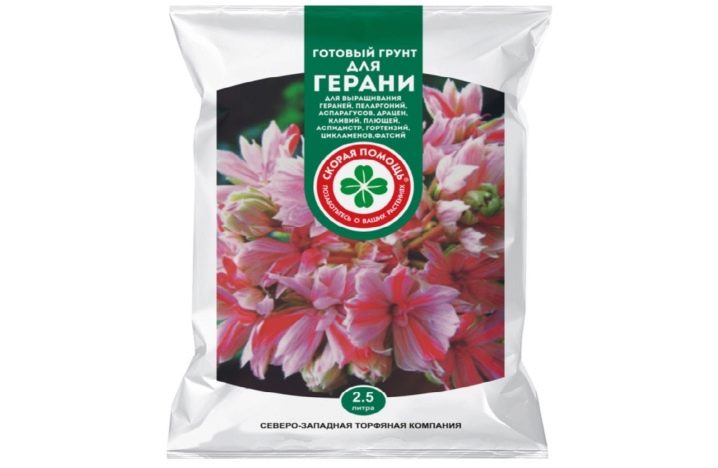
Watering
Pelargonium varieties "Anita" - a plant that needs moderate watering, so it is carried out as needed. To determine exactly when to water, you can simply touch the soil with your finger. The presence of a dry crust means that you need to water the flower under the root, being careful not to get on the leaves. It is better to use water at room temperature.
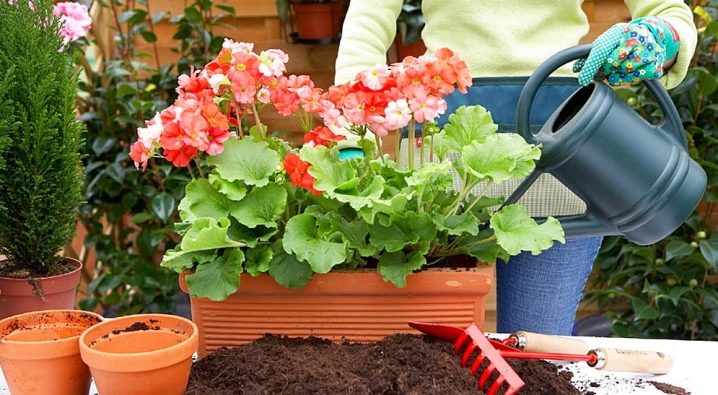
In the summer heat, watering is recommended early in the morning and in the evening. With the onset of winter cold, the number of waterings is reduced to one or two per week. When the soil dries up, the leaves will begin to fade, turn yellow, and excess moisture will cause rotting of the root system.
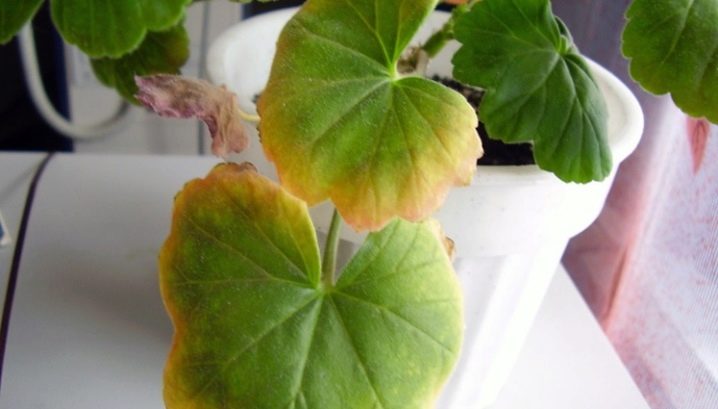
Air temperature
It is optimal if the ambient temperature is kept within 18-25 degrees Celsius. In summer, Anita Pelargonium and all other varieties of Rosebud Pelargonium can be displayed outdoors. In outdoor conditions, the home culture will be comfortable until the temperature drops to -10 degrees.
In winter, the plant needs to be provided with rest in the form of a temperature regime of +10 degrees, otherwise, during the flowering season, the appearance of buds can not wait. A signal of a critically low temperature will be the appearance of brown spots on the leaves. In this case, the flower needs to be transferred to a place where it is warmer.
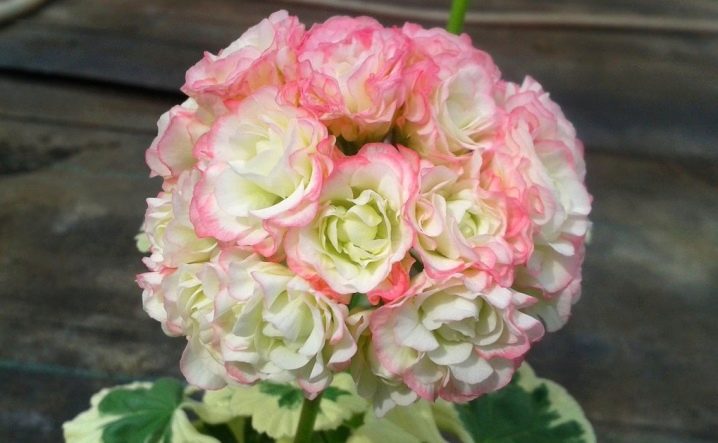
Lighting
The plant needs good lighting for it to bloom. In shaded conditions, pelargonium will actively grow, but flowering will not last long. However, it is better to protect the flower from too bright rays of the sun. It is especially necessary to control this point in the summer. If the sun's rays fall on a flower standing on a windowsill at noon, it is worth shading it a little in order to avoid the appearance of affected areas on the leaves - burns.
However, when growing pelargonium outdoors, shading is not required. Sunlight in this case is not dangerous.
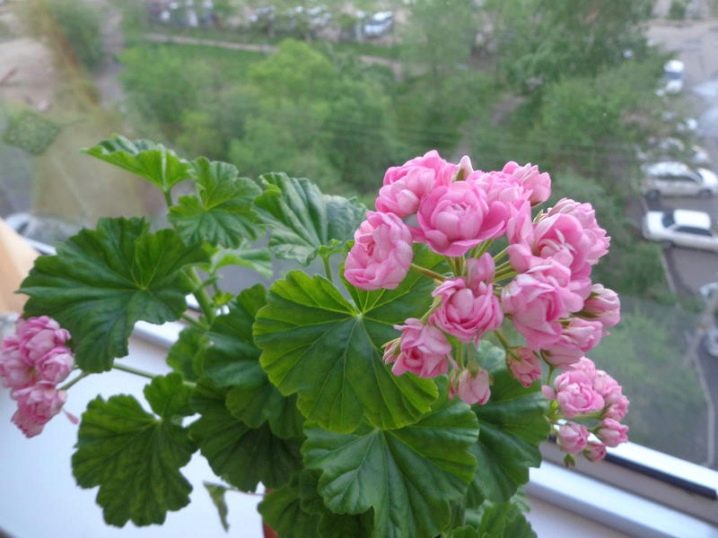
Top dressing
Pelargonium called "Anita" requires constant feeding, with the exception of the resting phase. That is, in winter, it is better not to disturb the culture, because in winter it prepares for a new growing season. In spring and summer, it is advisable to apply fertilizer once every 2 weeks.

It will be convenient to purchase ready-made dressings, which have a mark “for geraniums” or “for pelargoniums”. If possible and as desired, you can prepare a suitable fertilizer yourself. For this, it must be borne in mind that minerals are needed in equal parts. This applies to nitrogen, magnesium and potassium. Before flowering, potassium must be added to fertilizers, and the dosage of nitrogen must be reduced.
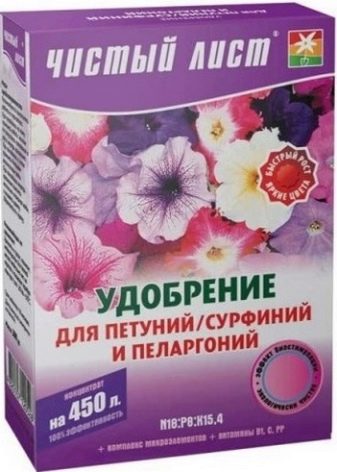

According to the experience of experienced flower growers, for lush flowering, you should use the following recipe: add 1 tsp to 1 liter of warm water. iodine and water gently so that the liquid flows down the side of the pot - this will prevent the plant from burning. In addition, potassium and phosphorus are important for Pelargonium "Anita" for a more beautiful, long-lasting and lush flowering.
But even in fertilization, it is important to know when to stop. Yellowing leaves signal the need to revise the portions and the number of dressings.
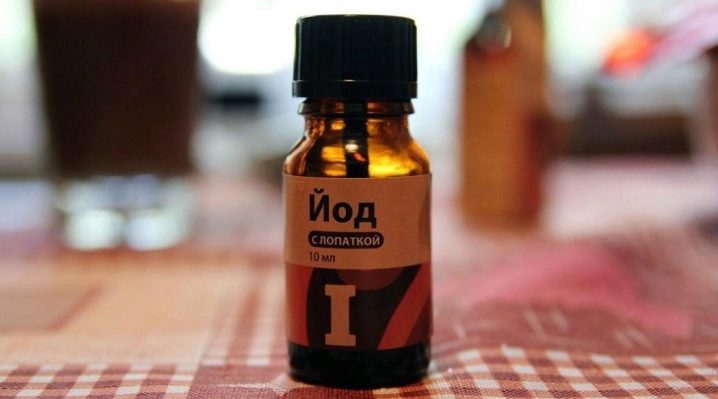
Pruning
In order for a bush with decorative "roses" to have an attractive shape, it must be cut off periodically. It is advisable not to prune in the spring, as this is fraught with damage to the forming inflorescences.
It is best to prune the plant after flowering. For the appearance of lateral branches, pinch fresh shoots as soon as 3-4 leaves bloom on them.
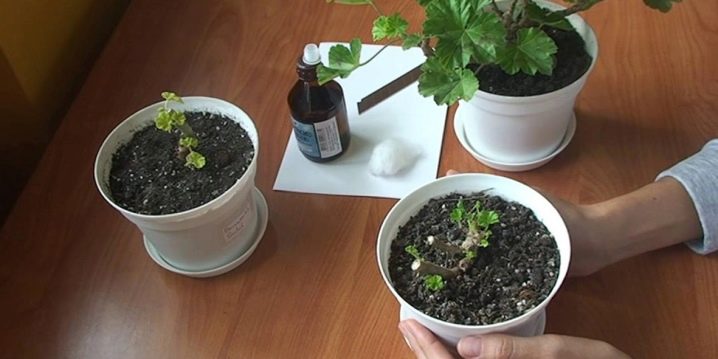
Pests and diseases
With improper care, pelargonium can be susceptible to attacks of diseases and pests.
Stem and root rot
A manifestation of the problem of root decay is considered to be pale leaves, their lethargy, dryness or yellowing. The reason for this is high soil moisture, stagnant water in the lower layers, and lack of drainage. Also, this problem arises due to the acidity of the soil.
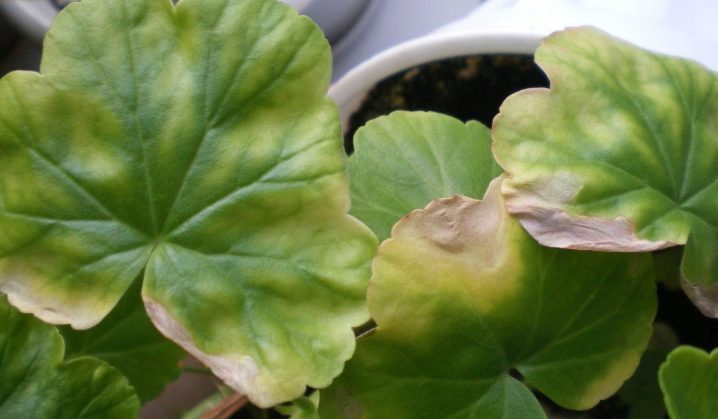
Solution:
- reduce the number of waterings;
- change the composition of the soil;
- to treat the root system with the preparations "Fitolavin" or "Biporam".
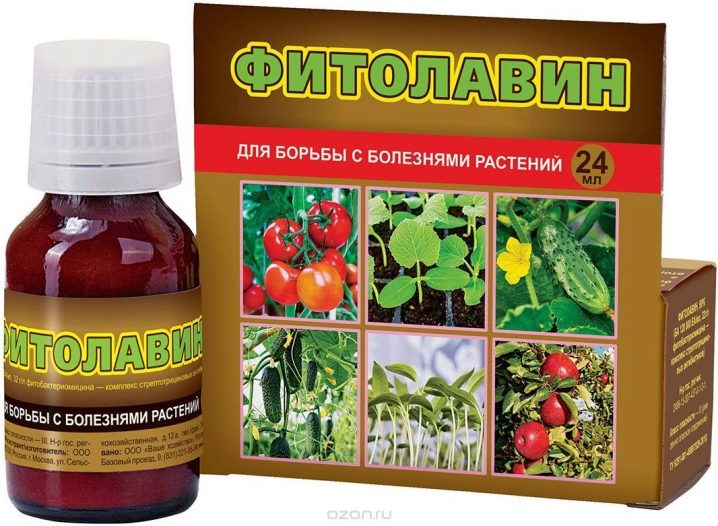
Spider mite, whitefly and aphids
The settlement of pelargonium with one of these types of insect pests is a reason for immediate action aimed at their destruction. Special ready-made insecticides will help to cope with parasites. It is important to inspect the plant regularly for larvae and lesions.
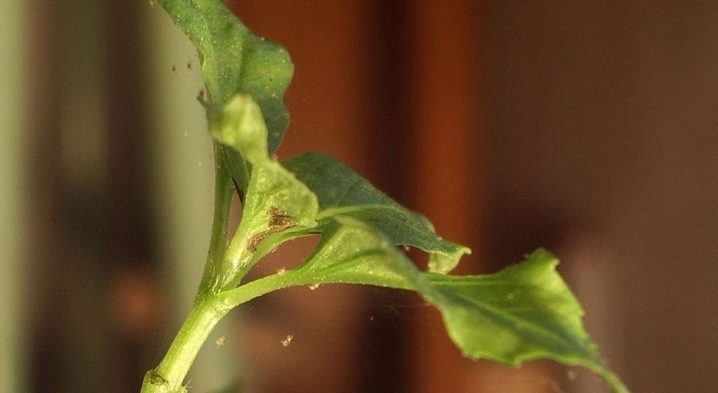
Reproduction
Pelargonium "Anita" is so good that you want to surround yourself with lush flowers to the fullest. The easiest way to breed your favorite plant is by cuttings. This can be done all year round. However, experienced gardeners consider March-July to be the most successful period for propagation by cuttings.
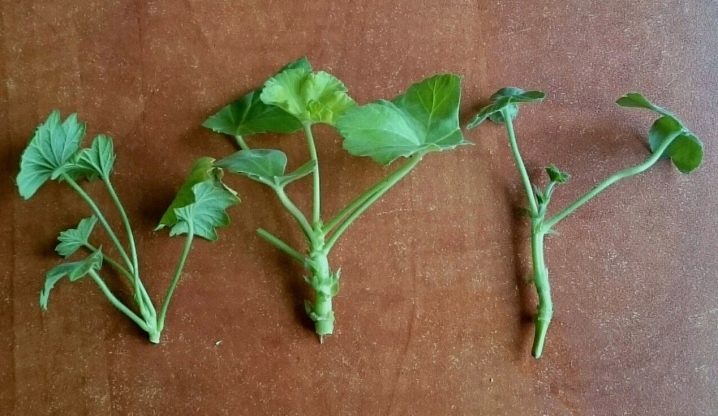
Let's consider how to act correctly.
- Separate a 5-7 cm long stalk from the mother plant. It is advisable to use a semi-lignified shoot, not a young and green one. The cut is made with a sterile knife blade.
- Soil for planting nYou must take prepared, properly disinfected.
- Dry the cutting and plant it in a disposable cup, where a hole for drainage was previously made and an earthen mixture was poured.
- Before boarding you need to cut off all the leaves on the bottom of the petiole.
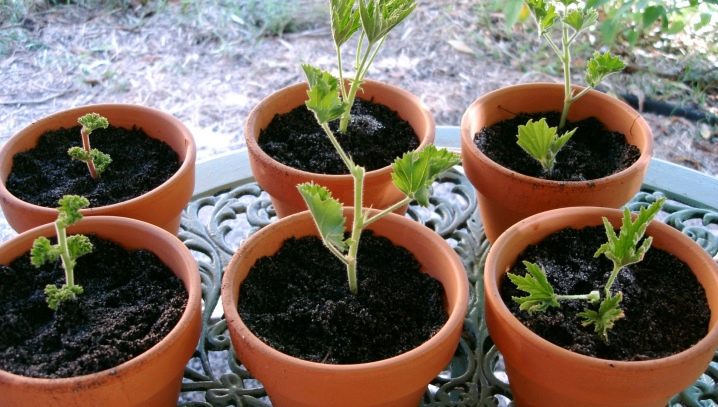
After 2-3 weeks, it will take root. It will need to be watered as needed. It is also important not to lose sight of such an important aspect as lighting. It is impossible to cover the petiole with anything, so that the shoot does not rot.
Thanks to these simple and affordable tips, even a novice amateur grower will be able to grow a wonderful flower. It will delight the eye with its flowering for a long time and effectively stand out from the rest of the plants in the home greenhouse. Pelargonium "Anita" will bring originality, tenderness and romance into the interior. A careful attitude to the flower will allow you to enjoy its beauty for more than one year in a row.
You can watch an overview of pelargonium in the next video.































The comment was sent successfully.